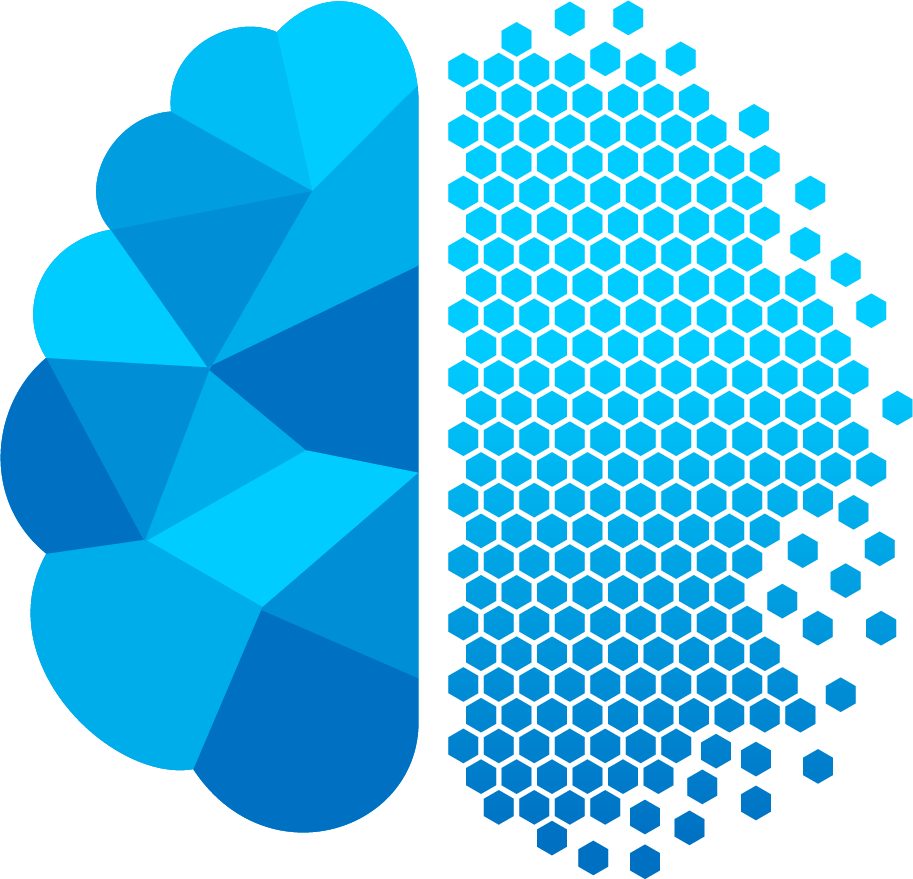Attention Span Part 2 of 2: Stewardship of Attention Spans: What Can We Do About It?
In part 1 of this 2-part series, we asked this question: Are attention spans decreasing?
Read the first installment of this series: Attention Spans Part 1: Are Attention Spans Decreasing?
We answered that question by saying both yes and no, concluding that human attention span appears to remain basically unchanged over time, but that an abundance of information is causing us to spend less time per item of information.
In other words, we simply have less attention to give to each item because there are so many more items to focus on. This finding, if true, should greatly simplify the task of improving our attention spans.
Let’s explain what we mean.
Effective Stewardship of our Attention Span
Steward is an old word for manager (typically of a household) that is still used in religious circles probably due to the popularity of the King James Bible. A steward manages resources for another. So when we talk about stewardship of our attention span, we’re talking about wise use of our limited human bandwidth to give attention to the things in life that are important to us (in this case, the digital things).
Realizing that we are interested in doing this not only for ourselves, but also for others, we offer these strategies for effectively optimizing attention spans in children, for ourselves individually, as organizations, and as a society.
Children

Perhaps the most important recommendation we could make comes from the conclusion we drew in the previous article about the abundance of information children are faced with, and that is this: reduce the amount of information they need to process. Cut out unnecessary information sources. The principle is simple. When they have less to take in, they will have more attention span available for the important things.
But there is another strategy to consider.
According to a number of sources (that aren’t entirely clear), average attention span in children may look something like this:

Screenshot taken from this 2018 blog post.
Though the average times may vary, it seems reasonable that children’s attention spans increase as they grow older. Using this chart as a guide, we might also try breaking up tasks and projects that require focus times longer than average for their age into smaller parts. Common sense would also dictate ensuring good health practices like making sure children are getting good rest and exercise, and eating well. The consensus is clear that healthy, well-rested children are more attentive to their daily tasks.
Individuals

As one might expect, our answer here is going to be largely the same: reduce the amount of information we pay attention to each day. Seems simple enough. But how do we do this? Much the information we consume is high quality and interesting to us. We have varied interests and goals. The world is full of pertinent knowledge and information that would undoubtedly be a benefit to us.
So what do we cut? We suggest the following 3-step strategy, which can easily be remembered using the mnemonic “ACE”:
- Accept that your capacity to pay attention is limited
- Carefully prioritize the topics and sources that you feel are most important
- Eliminate the rest.
It all starts with accepting that our time and vitality are limited. Then, the question is whether we will be intentional about how to spend our finite resources in the time that we have each day, or simply show up each day and “do the best we can.” If we will take the next step and intentionally prioritize our interests, we will then be able to eliminate the less worthy with confidence, freeing up bandwidth to now focus on the things that matter most. This will necessarily involve saying goodbye to certain topics, entire media sources, or even certain interests and pursuits altogether, knowing that there may come a time that we can add them back in again.
Organizations

Almost all of us are involved in organizations of one kind or another, whether it’s a business or something else.
What can we do as members or leaders to improve the ability of the organization, or of its members or patrons, to focus on its particular message, service, or product (lets call this an organization’s “MSP” for convenience)?
As organizations deal with operations inside and outside, we recommend thinking of strategies in terms of internal or external application.
Internal
Internal strategies seek to improve the focus of members, or streamline operating procedures so that the organization can be more effective in carrying out its work. This is something that can be very specific to an organization. For example, strategies at a business that employs mostly office workers may look very different from those of say, a restaurant or hotel. But there are some universal principles, and these can be tailored to your organization’s unique situation.
Here are just a few:
- Reduce multi-tasking: Dr. Mark’s research discovered that there is a significant “switching cost” to our attention spans that comes with switching from task to task too much throughout the day.i
- Schedule meaningful breaks: It has also been shown that when we take breaks and replenish, “we have more energy, we have more attention capacity, and we can actually do more. We can be more productive.”ii
- Ensure organization members are interested and challenged in their role as much as possible. Studies have demonstrated that humans are the most focused in their work when they are sufficiently challenged. This may be easier for some organizations to do than others, depending on the nature of the work being done.
External
Externally, most all organizations are interested in strategies that help increase engagement with their MSP, whatever that is. A thorough treatment of such a topic is well beyond the scope of this article, but we offer this one principle as the most important one in this area: leverage attention span science to tailor the organization’s MSP to most effectively reach patrons. For example:
- Wellbrook Recovery offers some Key Human Attention Span Statistics. These give important insights into how patrons of various kinds interact with different types of content. Content can then be customized to most effectively reach the target patron.
- A company called Immersion offers access to Dr. Paul Zak’s work, featured in Shane Snow’s article in Forbes. This company helps customers leverage the power of storytelling to increase engagement.
There are undoubtedly many other great resources that can help organizations improve the attentiveness of its members, and optimize its interactions with patrons. Understanding and applying basic knowledge about human attention span can go a long way to reaching these goals.
Society

Finally, we consider the problem of decreased attention span as a society—certainly another subject that can hardly be introduced in a blog format like this. Yet if we think about it, there are many cases in which a nation, state, or municipality seems to have a compelling interest in helping citizens pay closer attention to important tasks. That likely explains the many things that are already being done in the United States and around the world, such as:
- Promoting safety on the road by ensuring motorists are paying attention while driving. As it is today, many states have passed laws banning or limiting handheld cell phone use while driving.
- Protecting employees from constant work communications after hours.
- Public school policies regulating cell phone use in the classroom.
- Federal rules (FCC or FTC for example) prohibiting solicitation via texts and phone-calls to cell phones.
These are legislative remedies and we should expect to see more of them as technology continues to develop and impact civil life. But are there other strategies being deployed or considered, or should there be?
Our ability to affect society as a whole depends on our role in that society. Perhaps you are in a position where you able to directly influence society in some way. Most of us are not in such a position.
What Can We Do?
In this writer’s view, legislative solutions can help but ultimately have limited power to address the root of social ills like distraction and inattentiveness. Because, after all, society is just a group of individuals, organizations, and households, and therefore is only as strong and healthy as its members.
For the average person, this means improving attentiveness in society really comes back to what we do ourselves in the other categories previously discussed. What seems abundantly clear is that if we want a different outcome in society around us, the change we want to see starts with us.
We hope that this 2-part series has given you a start in thinking about how to be intentional and chart a different course with your children, yourself, and the organizations in which you serve.
Read the first installment of this series: Attention Spans Part 1: Are Attention Spans Decreasing?
Ready to take charge of your digital life?
Visit Digital Dayz Resource page to sample some of the best resources in the field!
Visit Digital Dayz Blog page for more thought-provoking articles about our digital lives!
iAmerican Psychological Association. Podcast. Speaking of Psychology: Why our attention spans are shrinking, with Gloria Mark, PhD. Interviewer Kim Mills, transcribed at https://www.apa.org/news/podcasts/speaking-of-psychology/attention-spans. February 2023.
iiIbid.
iiiStill from an animation by Steve Cutts. Moby & The Pacific Void Choir. Are You Lost in the World Like Me? https://www.stevecutts.com/animation.html
ivSee https://www.reuters.com/world/asia-pacific/australians-cheer-law-giving-workers-right-ignore-after-hours-work-calls-2024-02-08/.
vAB2751 is being considered in the California legislature at the time of writing. See https://www.foxbusiness.com/lifestyle/california-bill-would-let-employees-ignore-boss-after-hours-calls-messages.


